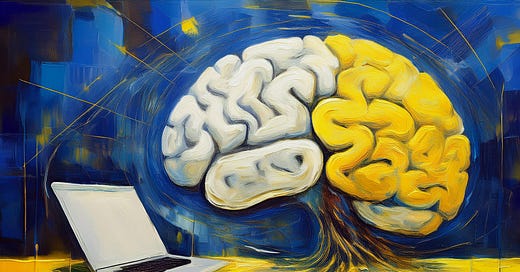In December, I wondered, "What will I do in 2025?" I like to create content, but I'm also great at coding. So, I asked myself how to do both and make the world a better place.
My biggest issue was keeping track of the people I networked with: fellow creators, engineers, potential clients, and good recruiters with 10,000 followers and 10s of messages.
I tried popular CRMs but failed to configure them, and I had to fill out 10 fields to add a single contact. I only need a name, a LinkedIn URL, and a note.
That's how JustRM came to live. No big corporate sales pipeline fluff. Only what I need to stay in touch with my network because less is more.
If you find it hard to stay on top of your network and don't have time to configure CRMs, or you're overwhelmed by the noise of the 50 fields to fill, JustRM is here for you.
If it's something you are looking for, join the waitlist at https://justrm.com and get notified about updates and when public beta launches.
Launch out of the way - let's talk about how I have built it so far.
AI and coding
There are 3 main reasons I used AI to build JustRM.
The most important one was the lack of time. My 9-5 job took my focus and energy, leaving me with little time for learning. I didn't want to learn; I wanted to get things done.
Secondly, I wanted to check if AI is taking over engineers' jobs. Google said AI writes 50% of their code—is this right? Or is it marketing BS?
Last, I wanted to validate the value of introducing AI to my team's developers. Should I invest in bringing it in, or is it just noise?
The good
AI Code in the new No Code.
I'm astonished at how quickly I could build prototypes and test ideas with AI. Instead of learning a new CSS framework and days of trial and error, I pushed page after page in minutes. If I didn't like the result, I did it again, better, in 5 minutes.
The next great thing was filling out the repetitive code. With JetBrains AI scanning the project and adding relevant files to the prompt, I added new features in seconds when needed.
I saved most of my time writing tests. I knew what tests I wanted, and I had the code done. All I had to do was add the files and tests were done.
AI saved me weeks of work in the last 2 months.
The bad
Every LLM behaves like an overeager intern. Trying hard to look smart even when it has no idea what it's talking about. It was great with Python but failed when I moved to the infrastructure.
Code quality is poor. Although this wasn't a factor in building early MVPs, it's not negotiable in live products. The code "works," but it's naïve.
LLMs are trained on public data, and most of the code published is written by junior-mid engineers who document their career progression (and it's fantastic).
Advanced code stays private, and AI won't have the chance to learn it.
Basic CRUD in Python was 99% accurate, while the Docker Swarm configuration dropped to 50% because there are little to no articles about it.
The Ugly
The US Air Force had to design the seats for the pilots while building one of its fighter jets. They measured everyone and averaged the dimensions to fit average pilots. The result was that the seats didn't fit anyone because no pilot was of average size.
AI faces the same problem—there are no average answers to coding problems.
The issue is in data (again). AI got smart because of Stack Overflow and engineers answering questions. Now, AI answers itself, and the average quality of the answer plummets. Engineers write blogs with AI answers, which AI then consumes to train new models.
The endless circle of Garbage In, Garbage Out, automated.
Last but not least, the issue is time. Training models take weeks, and the tech market changes every hour. When deploying infrastructure, every proposed version of the component was behind. Sometimes, even a major version.
AI is slow to stay current and will never get creative in finding solutions like an engineer can.
The verdict
JetBrains AI was the best of the LLMs I used.
It was tailored to coding problems, and the answers were accurate enough to get context from the project files.
Second was Claude Sonnet 3.5, which generated HTML and iterative changes well. However, I was not a fan of 3.7, which was released in the last few days of my work. It became chatty and felt like it tried too hard.
Last is GPT 4o. I had too many problems with it, hallucinating the answers, and I didn't trust the line of code it outputs. I keep it for generic prompts and brainstorming when I don't need accurate details.
What can you do?
If you're a junior-mid engineer, avoid AI.
You get quicker today, but you're losing your career. Build good habits early. Learn how to code before you start automating your work.
If you're a senior, use it for mundane work you can do, but it wastes your time. Teach it to build code you want to see and automate repetitive tasks. Use it for things you don't want to learn but must get done.
If you want to build something quickly and don't care about learning because you have the basics, go for it. AI is best at automating what you already know.
Mobile phones made everyone a photographer. Only a few are good.
AI makes everyone a coder...
The best part for engineers: everyone will generate crap code to begin with, and there always be a market for people who can fix it.




